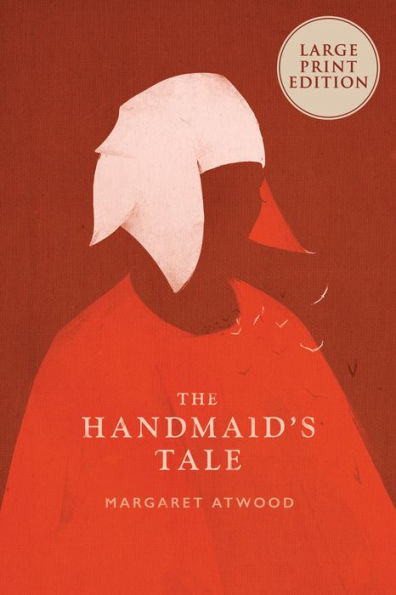Banned Books Week is held every year from September 22nd-28th to recognize books that have been banned and challenged across the country. The American Library Association explains, “the annual event highlights the value of free and open access to information and brings together the entire book community — librarians, educators, authors, publishers, booksellers, and readers […]
Boy, do we love a re-read. We can wax poetic about them ad nauseum. Even C. S. Lewis agrees, saying “To me, re-reading my favorite books is like spending time with my best friends. I’d never be satisfied to limit myself to just one experience each with my favorite people.” Those novels that you take […]
The strange genesis of a star-spangled symbol of female empowerment.
Just in time for Halloween, the bestselling author of “Strange Weather: Four Short Novels” shares his list of prescient favorite reads, each of which offers a thrillingly dark outlook.


